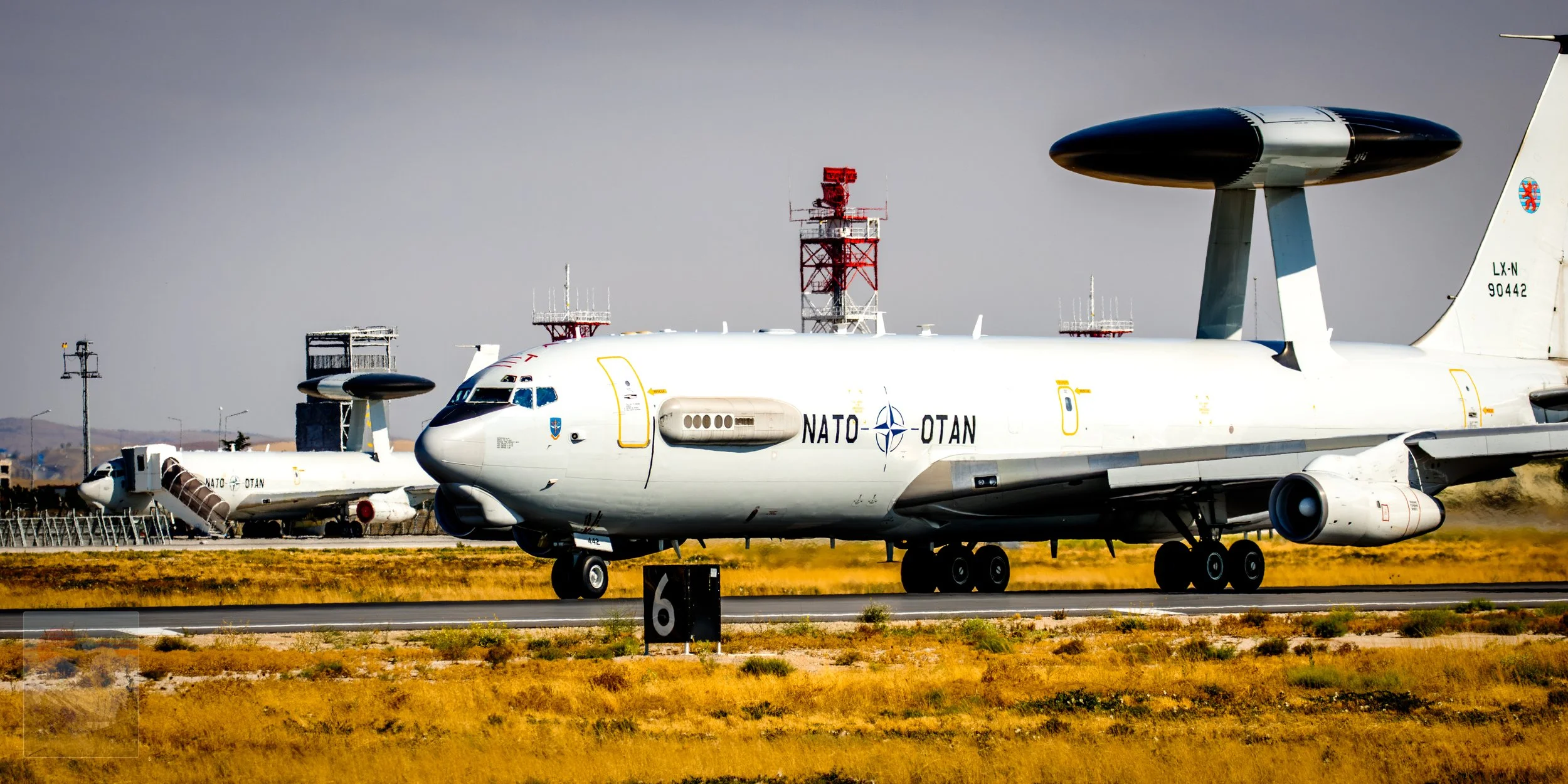ANATOLIAN EAGLE 2025-2
« Anatolian Eagle 2025 : A Crucible of Coalition Airpower »
The vast, sunbaked plains of central Anatolia once again became the stage for one of the most advanced multinational air combat exercises in the world in 2025. Anatolian Eagle 2025, hosted by the Turkish Air Force at the 3rd Main Jet Base in Konya, brought together aircrews and support personnel from across NATO and key regional partners for two intense weeks of high-end training. From June 23 to July 4, 2025, the skies over Turkey echoed with the roar of fighter jets as allied forces honed their skills in a realistic, contested environment—proving once more that the best way to ensure peace is to prepare for war.
Inspired by the legendary U.S. Red Flag exercises, Anatolian Eagle began in 2001 as a national training initiative. Over two decades, it has evolved into a cornerstone of international defense cooperation, now standing as one of only four tactical training centers globally equipped with Air Combat Maneuvering Instrumentation (ACMI) systems. After the closure of Decimomannu in Italy, Konya remains Europe’s sole operational center of its kind—making it a magnet for air forces seeking top-tier combat training.
Satellite view of Konya Airport / Air Base.
« “Train as You Fight” – The Philosophy Behind the Mission »
The motto of Anatolian Eagle—“Train as you fight”—isn’t just a slogan; it’s a doctrine. The exercise is designed to simulate real-world threats with unparalleled fidelity. Pilots engage in complex scenarios involving Suppression of Enemy Air Defenses (SEAD), air-to-air combat, joint strike missions, and combat search and rescue (CSAR)—all under both day and night conditions.
This year’s iteration placed a strong emphasis on multi-domain operations, integrating unmanned aerial vehicles (UAVs) like the Turkish Bayraktar TB2, Anka-S, and Akıncı into live-fly missions. AI-assisted targeting, electronic warfare, and cyber defense scenarios were also woven into the training, reflecting lessons drawn from recent conflicts in Ukraine and the Middle East—particularly the need to detect and neutralize low-Radar Cross Section (RCS) threats such as cruise missiles and drones.





« A Coalition in the Sky »
Anatolian Eagle 2025 wasn’t just a Turkish show—it was a global demonstration of interoperability. Participating nations included:
United States (F-16C/D Fighting Falcons from the 31st Fighter Wing, Aviano AB, Italy)
Hungary (JAS-39 Gripen)
Azerbaijan (Su-25)
Jordan (F-16)
Qatar (Eurofighter Typhoon)
Saudi Arabia (F-15SA)
NATO E-3A AWACS (from Geilenkirchen, Germany)
In total, about 72 aircraft and over 1,000 military personnel from 30 countries took part. The exercise featured a powerful Elephant Walk—a mass taxi of 30 combat aircraft from multiple nations—symbolizing unity and readiness.



NATO’s E-3A Sentry played a pivotal role, providing airborne command and control, orchestrating integrated battle management, and enabling seamless communication across allied platforms using Link 16 data links.
NATO E-3A AWACS.
« The Konya Advantage »
The 3rd Main Jet Base offers a unique training environment. Its 300x400 km operational area, stretching from Konya to Ankara and encompassing the vast Tuz Gölü (Salt Lake), allows for minimal transit times and maximum mission time. The base hosts three air-to-ground ranges—Karamar, Tersakan, and Koc—equipped with simulated surface-to-air threats like SA-6, SA-8, SA-11, and ZSU-4 systems, creating a truly challenging threat landscape.
“This training gives our tactical operators an opportunity to practice large force tactics they don’t often get to employ at home station,” said Maj. Andrew Gallion, 510th Fighter Squadron assistant director of operations and project officer for the 31st Fighter Wing.
Turkish Air Force commander Maj. Ekrem Çekin added, “Anatolian Eagle allows our partners to compare and improve capabilities, tactics, and procedures in a safe and instructive way through shared vision and operational synergy.”




« More Than Just Combat : A Platform for Partnership »
Beyond the tactical drills, Anatolian Eagle 2025 served as a diplomatic bridge. Observer delegations from Malaysia, Oman, Singapore, and the UAE attended, signaling growing interest in the exercise’s strategic value. For emerging air forces, it’s a chance to train alongside NATO’s best. For established allies, it’s an opportunity to refine joint procedures and build trust.
Over the course of the exercise, 415 sorties were flown, totaling 786 flight hours. Since its inception, Anatolian Eagle has conducted 55 iterations, involving over 41,000 personnel, 3,300 aircraft, and 27,000 sorties—a testament to its enduring relevance.



« Conclusion: The Future of Air Combat Training »
As global threats evolve—from drone swarms to hypersonic weapons—exercises like Anatolian Eagle are more critical than ever. Turkey’s investment in networked warfare, drone integration, and next-generation command systems positions it as a key player in shaping the future of air combat.
Anatolian Eagle 2025 wasn’t just about flying fast and shooting far. It was about building cohesion, testing technology, and strengthening alliances in an era of uncertainty. In the words of NATO’s Acting Air Marshal Johnny Stringer: “We place great importance on NATO's partnerships… working together through collective security and joint training.”
As the sun set over the Anatolian plateau and the last jets taxied to their hangars, one truth remained clear: peace is not given—it is earned, in the skies, through readiness, resolve, and unity.



